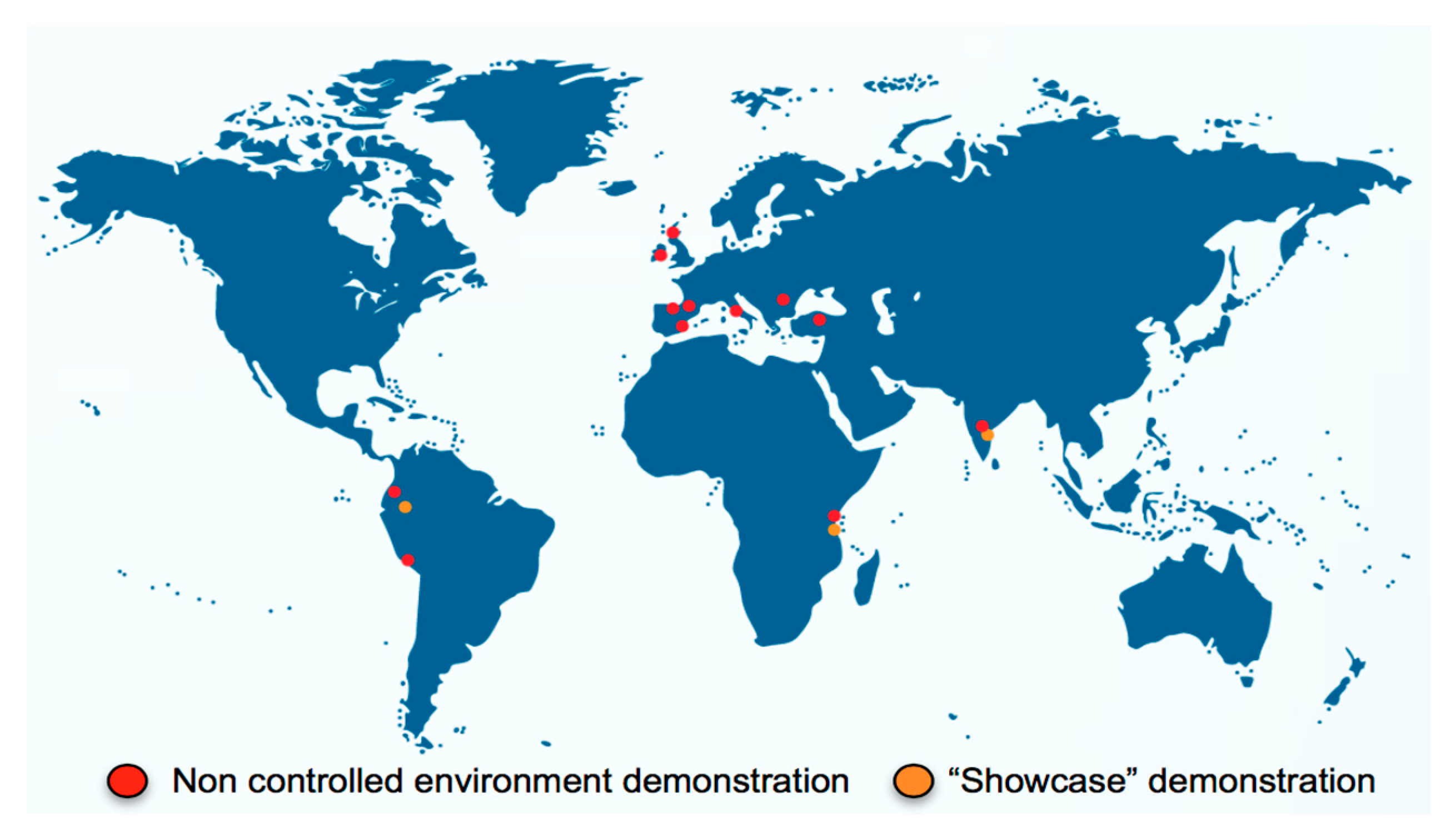Pre-Market Analysis and Social Acceptance Feasibility Study for Innovative Wastewater Systems—INNOQUA Project †
Abstract
:1. Introduction
2. Market Opportunity Examples
2.1. France
2.2. Italy
2.3. Ireland
2.4. Spain
3. INNOQUA Social Acceptance Questionnaire
4. Conclusions
Supplementary Materials
Acknowledgments
Author Contributions
Conflicts of Interest
Reference
- INNOQUA Deliverable. D1.2—Pre-Market Study, including partial market surveys, social and acceptance behaviour parameters. July 2017.

© 2017 by the authors. Licensee MDPI, Basel, Switzerland. This article is an open access article distributed under the terms and conditions of the Creative Commons Attribution (CC BY) license (http://creativecommons.org/licenses/by/4.0/).
Share and Cite
Lennard, Z.; Perfido, D.; Vece, M.; Smit, S.; Costa, A.; Dussaussois, J.B.; Adell, G. Pre-Market Analysis and Social Acceptance Feasibility Study for Innovative Wastewater Systems—INNOQUA Project. Proceedings 2017, 1, 646. https://doi.org/10.3390/proceedings1070646
Lennard Z, Perfido D, Vece M, Smit S, Costa A, Dussaussois JB, Adell G. Pre-Market Analysis and Social Acceptance Feasibility Study for Innovative Wastewater Systems—INNOQUA Project. Proceedings. 2017; 1(7):646. https://doi.org/10.3390/proceedings1070646
Chicago/Turabian StyleLennard, Zia, Domenico Perfido, Michele Vece, Sander Smit, Andrea Costa, Jean Baptiste Dussaussois, and Germain Adell. 2017. "Pre-Market Analysis and Social Acceptance Feasibility Study for Innovative Wastewater Systems—INNOQUA Project" Proceedings 1, no. 7: 646. https://doi.org/10.3390/proceedings1070646
APA StyleLennard, Z., Perfido, D., Vece, M., Smit, S., Costa, A., Dussaussois, J. B., & Adell, G. (2017). Pre-Market Analysis and Social Acceptance Feasibility Study for Innovative Wastewater Systems—INNOQUA Project. Proceedings, 1(7), 646. https://doi.org/10.3390/proceedings1070646




